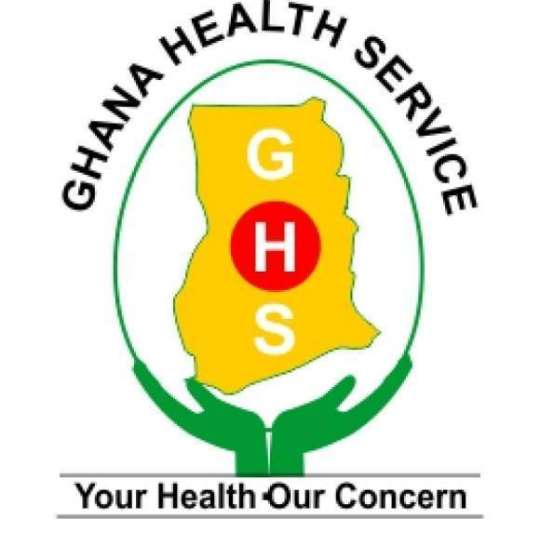Ghana’s seasonal influenza outbreak carries implications that extend far beyond routine public health alerts. The Ghana Health Service’s confirmation of rising H3N2 and H1N1 cases across Greater Accra, Central, Bono, and Eastern Regions represents a moment where disease surveillance infrastructure faces real-time testing. How effectively Ghana manages this outbreak signals institutional capacity to handle future pandemics.
Greater Accra, Bono, Central and Eastern Regions are reporting the highest numbers of cases confirmed as Influenza A strains H3N2 and H1N1, according to the GHS statement signed by Acting Director-General Dr. Samuel Kaba Akoriyea on October 15. Greater Accra Region has reported 42 confirmed cases of the H3N2 subtype through routine sampling at sentinel sites, with the virus spreading rapidly in crowded environments including schools, transport hubs and markets.
The timing matters enormously. The surge coincides with Ghana’s annual flu season, which peaks during the cooler period when flu transmission is known to increase. That predictability should theoretically make preparation straightforward. Yet the GHS alert suggests institutional response remains reactive rather than anticipatory. By the time the service issued its warning, cases had already accumulated across multiple regions, indicating surveillance systems detected the surge only after it reached notable scale.
Consider the vulnerability profile. Children in school, older adults, pregnant women and people with underlying health conditions such as asthma, diabetes and heart disease are at higher risk of complications. That’s a substantial portion of Ghana’s population. Schools remain particularly vulnerable environments because flu transmits efficiently through respiratory droplets in close quarters. Markets and transport hubs create similar conditions. The institutional question becomes whether Ghana’s public health response can move faster than viral transmission through these high-risk settings.
What complicates the response is institutional fragmentation. The GHS has directed all schools, authorities, and parents, in collaboration with the Ghana Education Service (GES), to strictly observe flu prevention measures. That coordination requirement across multiple agencies creates communication lags precisely when rapid response matters. Educational institutions must implement enhanced hygiene protocols, but such measures depend on timely dissemination of clear guidance from both health and education authorities. Where implementation delays occur, the virus spreads during the window between notification and action.
The GHS has responded with enhanced surveillance, rapid diagnostic testing, and updated case management protocols. All necessary resources are being deployed to contain these high flu cases, and the health system has strengthened its response through enhanced surveillance, rapid diagnostic testing, updated case management protocols for clinicians, and public education campaigns via media and community channels. But describing resources as “deployed” doesn’t specify whether deployment reaches health facilities across all affected regions simultaneously or encounters logistical constraints.
Ghana’s influenza response capacity also depends on regional health infrastructure quality, which varies considerably. Samples collected in Greater Accra were analyzed at the Noguchi Memorial Institute for Medical Research, suggesting adequate laboratory capacity for the capital. But equivalent diagnostic capacity in Central or Eastern Regions remains unclear from public communications. If rural healthcare facilities lack rapid testing equipment, suspected cases may go unconfirmed, creating blind spots in surveillance data and allowing silent transmission to continue.
The public health messaging emphasizes prevention through individual behavioral change: handwashing, covering coughs, avoiding crowded places. That guidance assumes rational actors with time and resources to modify behavior. Reality in Ghana’s markets, transport systems, and crowded schools operates differently. Traders can’t avoid busy markets. Schoolchildren can’t choose less crowded schools. Transport users must travel. Prevention messaging that ignores structural constraints on individual behavior modification becomes largely symbolic.
What’s particularly significant is what this outbreak reveals about Ghana’s pandemic preparedness. Seasonal influenza and pandemic-potential pathogens follow similar transmission patterns and require similar surveillance infrastructure. If Ghana’s disease surveillance systems struggle to detect and respond to predictable seasonal flu before cases accumulate across multiple regions, confidence in institutional capacity to manage a novel pathogen outbreak remains questionable.
The GHS has expressed public assurance that the system has strengthened response capabilities. But the clinical test involves whether announcements translate into visible institutional action that communities actually observe. Do schools implement enhanced cleaning protocols? Do transport operators enforce sanitization? Do health workers across affected regions receive updated guidance simultaneously? These operational details determine whether public health response succeeds or whether surveillance improvements remain largely administrative.
The influenza surge also arrives as Ghana continues managing its recovery from previous health system stresses. The health sector has absorbed significant budget constraints, and competing demands exist across multiple disease priorities. How much institutional attention and resources can be directed toward seasonal flu management without compromising response to other health priorities? That allocation challenge doesn’t resolve itself through announcements.
What matters most in coming weeks is whether case numbers stabilize as surveillance intensifies or continue rising despite enhanced awareness. Stabilization suggests the system is effectively containing spread. Continued increases would indicate the outbreak is accelerating beyond initial institutional response capacity. The answer will reveal whether Ghana’s disease surveillance infrastructure genuinely matches the pandemic preparedness expectations that international health organizations have been emphasizing since COVID-19.
Source: newsghana.com.gh











